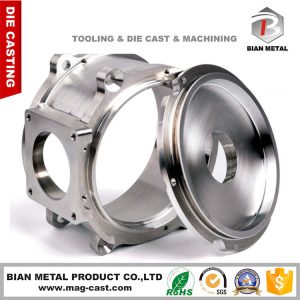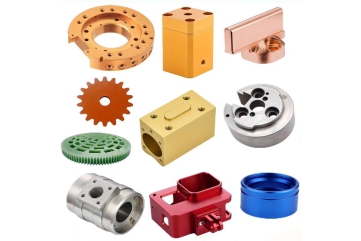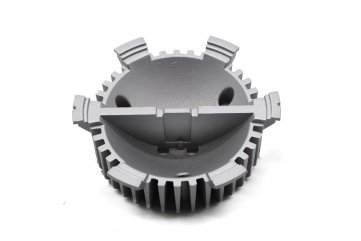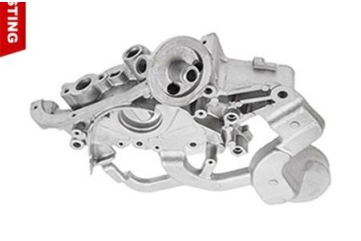What are the three types of die casting?
Die casting is a manufacturing process that involves injecting molten metal into a mold, allowing it to solidify and take on the shape of the mold cavity. There are three primary types of die casting processes:
Cold Chamber Die Casting:
* In cold chamber die casting, the molten metal is held in a separate furnace or chamber outside the casting machine.
* A predetermined amount of molten metal is ladled into the cold chamber and then manually or automatically transferred into the die casting machine’s shot chamber.
* The die casting machine uses a piston or plunger to force the metal into the die cavity.
* This process is commonly used for alloys with high melting points, such as aluminum, brass, and magnesium.
* Cold chamber die casting is suitable for producing parts with complex shapes and thin walls.

Hot Chamber Die Casting:
* Hot chamber die casting is primarily used for materials with low melting points, such as zinc, tin, and lead.
* In this process, the casting machine contains a pool of molten metal in a furnace connected directly to the die cavity.
* When the die is closed, a piston is used to inject the molten metal directly into the die cavity.
* Hot chamber die casting is typically faster than cold chamber die casting because the metal is already in its liquid state.
* However, it is limited to materials with lower melting points due to the direct contact between the molten metal and the machine components.
Squeeze Casting (Semi-Solid Die Casting):
* Squeeze casting, sometimes referred to as semi-solid die casting, is a variation of die casting that involves using a partially solidified or “semisolid” slurry of metal instead of fully molten metal.
* The metal slurry is prepared by partially cooling the molten metal before injection.
* The process combines characteristics of both die casting and forging, resulting in parts with improved mechanical properties and reduced porosity.
* Squeeze casting is often used for producing high-strength components that require precise shapes and superior material properties.
* It is commonly employed for materials like aluminum and magnesium alloys.
These three die casting processes offer manufacturers flexibility in choosing the most suitable method based on factors such as the type of metal or alloy being used, the desired part geometry, production volume, and cost considerations. Each process has its advantages and limitations, making it essential to select the appropriate die casting method for a specific application.




